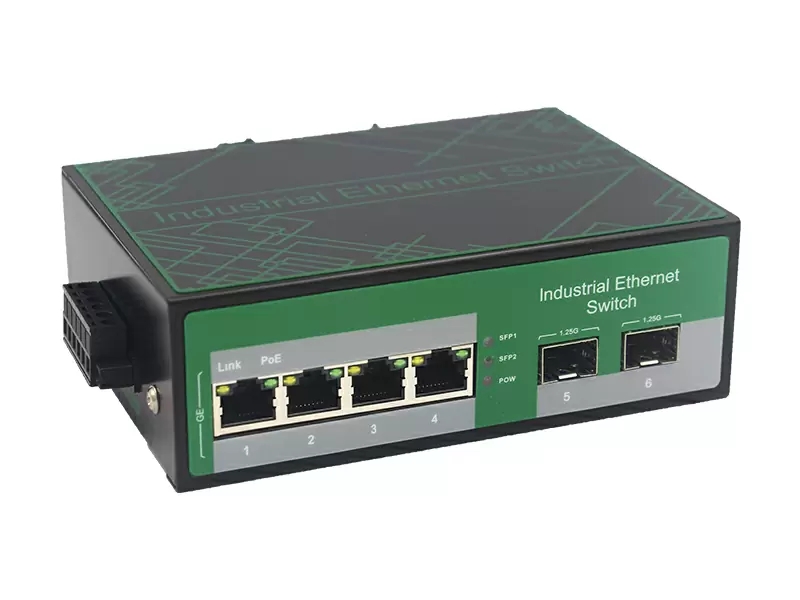.

Industrial Ethernet has revolutionized the networking landscape in the industrial sector, offering numerous advantages over traditional Ethernet. This article explores the distinct benefits of Industrial Ethernet and the reasons why it represents a crucial shift in industrial connectivity.
1. Robustness and Reliability
Industrial Ethernet is designed to withstand harsh environmental conditions, making it highly resistant to extreme temperatures, vibrations, and electromagnetic interference. These factors are critical in industrial settings where equipment and machinery often operate in challenging environments. In contrast, traditional Ethernet is primarily suited for controlled office environments, lacking the robustness required in industrial applications.
2. Enhanced Performance
Industrial Ethernet offers superior performance in terms of speed, bandwidth, and latency compared to traditional Ethernet. With the integration of advanced protocols and technologies, such as the Precision Time Protocol (PTP) and Quality of Service (QoS) mechanisms, Industrial Ethernet ensures real-time and reliable communication. This enables precise coordination and synchronization of automation processes, indispensable in modern industrial systems.
3. Deterministic Networking
One of the key advantages of Industrial Ethernet is its deterministic nature, guaranteeing consistent and predictable communication. Traditional Ethernet networks often suffer from non-deterministic behaviors, leading to unpredictable delays and packet loss in data transmission. Industrial Ethernet, on the other hand, is optimized for deterministic operations, ensuring reliable delivery of critical data within specified time frames.
4. Scalability and Flexibility
Industrial Ethernet provides extensive scalability, allowing easy expansion and integration of new devices or systems without significant disruptions. This scalability is crucial for industrial environments as they frequently undergo expansions or upgrades. Additionally, Industrial Ethernet supports multiple network topologies, including star, ring, and tree structures, providing flexibility in network design and reducing single points of failure.
5. Seamless Integration with IT Infrastructure
Industrial Ethernet seamlessly integrates with existing IT infrastructure, enabling effective communication between operational technology (OT) and information technology (IT). This convergence allows organizations to leverage the benefits of industrial IoT, big data analytics, and cloud computing, leading to enhanced efficiency and productivity in industrial operations. Traditional Ethernet, on the other hand, often struggles to bridge the gap between OT and IT due to incompatible protocols and limited interoperability.
Industrial Ethernet undoubtedly surpasses traditional Ethernet in terms of robustness, performance, determinism, scalability, and integration capabilities. As industries continue to evolve and embrace the digital era, Industrial Ethernet emerges as an indispensable technology for improving connectivity and efficiency in the industrial sector. Its ability to withstand rugged environments and reliably transmit critical data positions Industrial Ethernet as the future of industrial networking.





